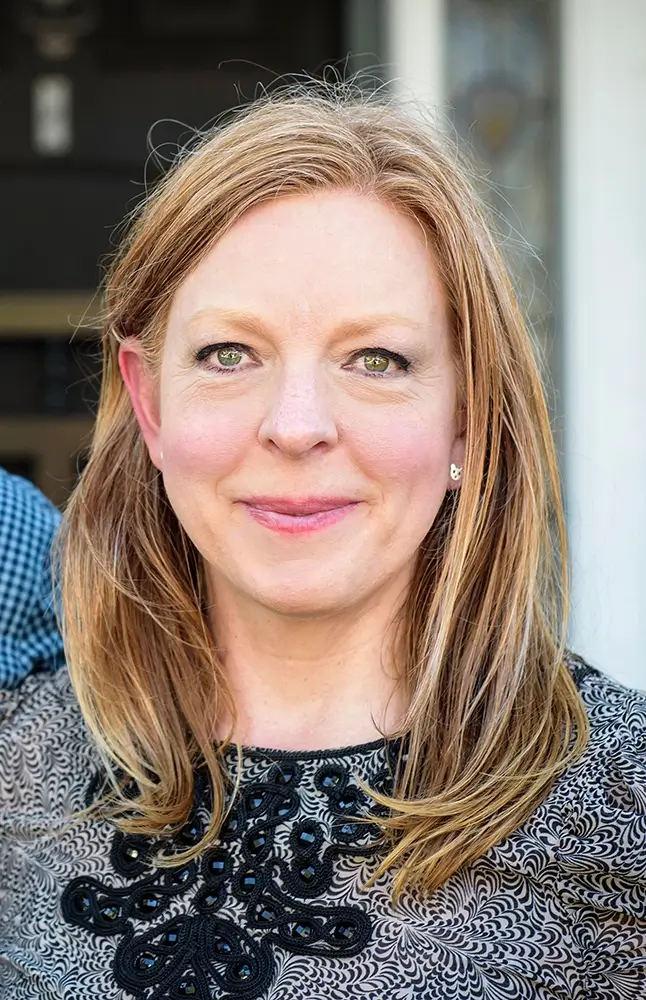Born with a sensitivity to light which lead to a childhood filled with epileptic seizures, I developed a strong awareness of my surroundings, a natural empathy and keen observational skills. My eye was trained to observe changes in light which eventually lead me to a love of photography and capturing moments. I studied Graphic Design at University, finding myself drawn to composition, colour and storytelling. I'm best known for my documentary series 'That Place He Goes'. A personal project of love photographing my late father, Harold Mills', Dementia and Alzheimer's. This series has been exhibited most recently in Barcelona and Italy, published in various magazines and won several awards. I read a quote that resonated with me regarding my series as a whole,
"If you want to learn what someone fears losing, watch what they photograph"- unknown/art of poets.
I'm happiest wandering to new places with my camera in hand. Seeking an opportunity to tell another's story, capturing everyday moments of rawness, beauty and emotion. Documenting people on my travels gives me the greatest joy as I seek the unknown waiting around each corner.
AAP Competitions:
All About Photo Awards 2025
AAP Magazine 48 Portrait
AAP Magazine 53 Travels